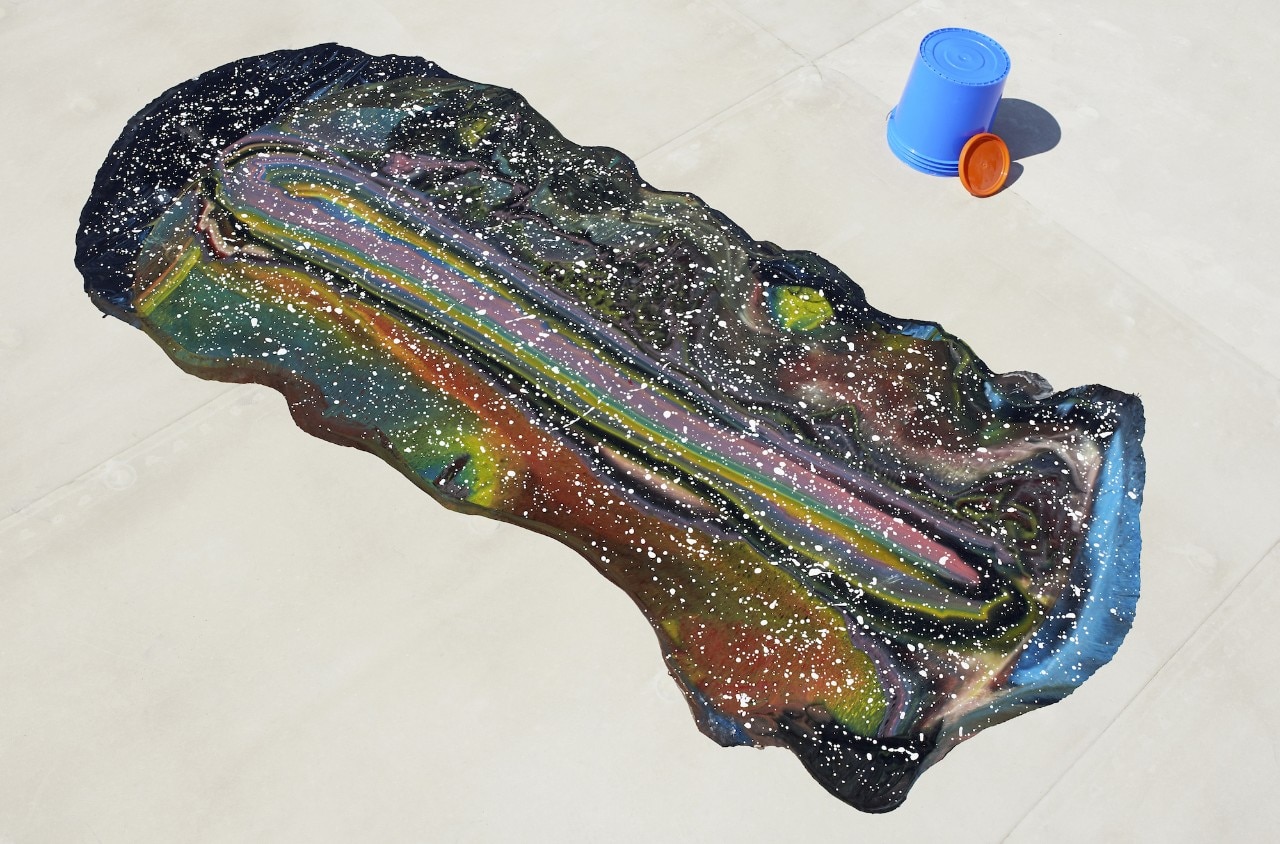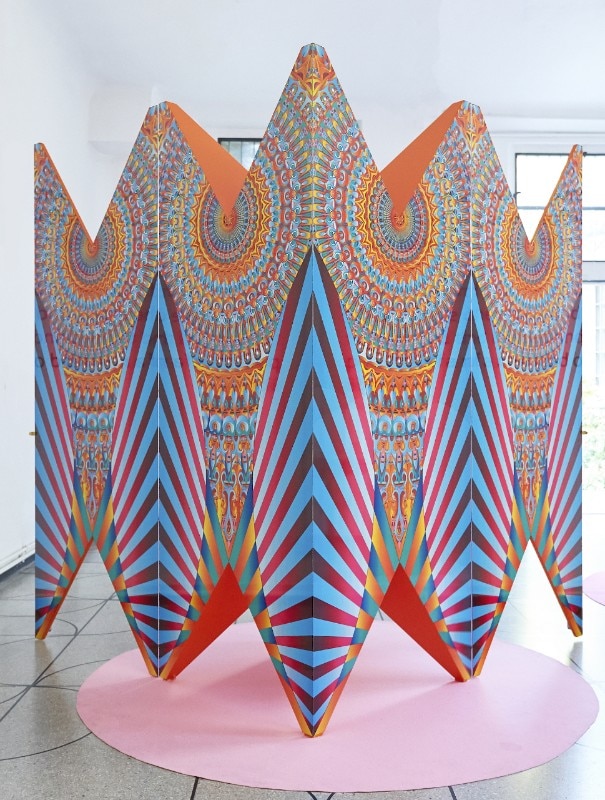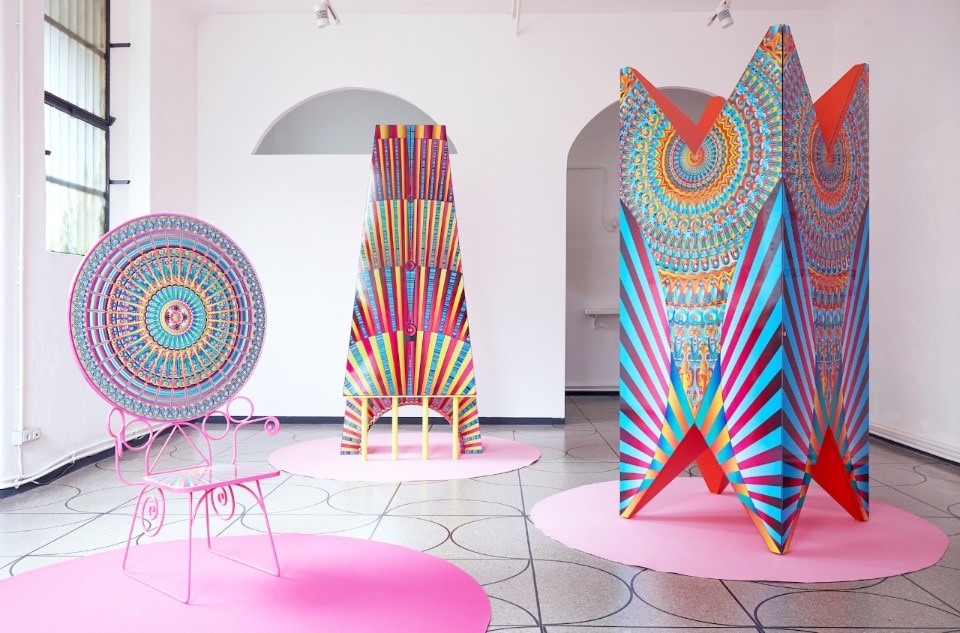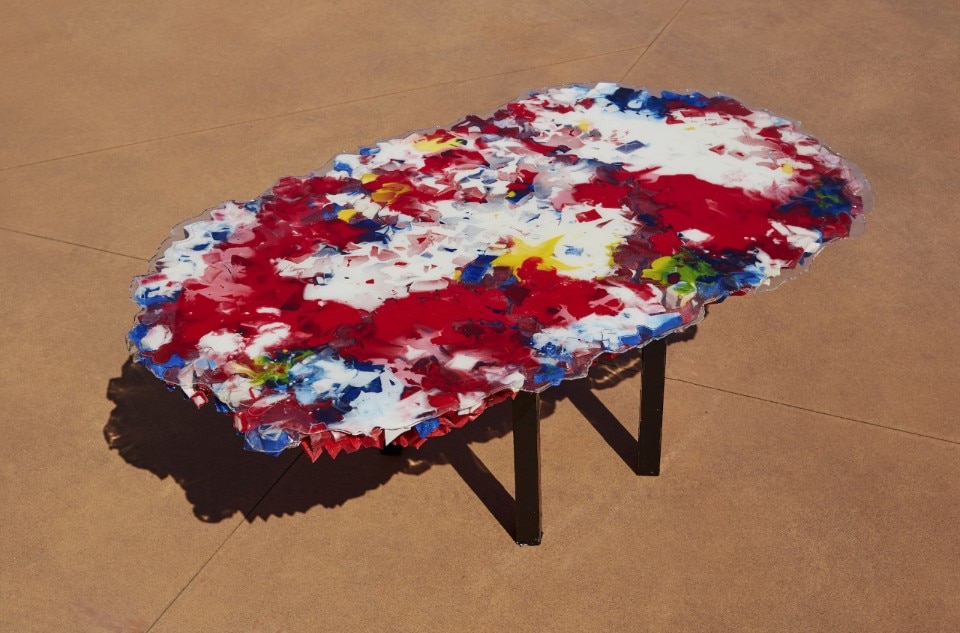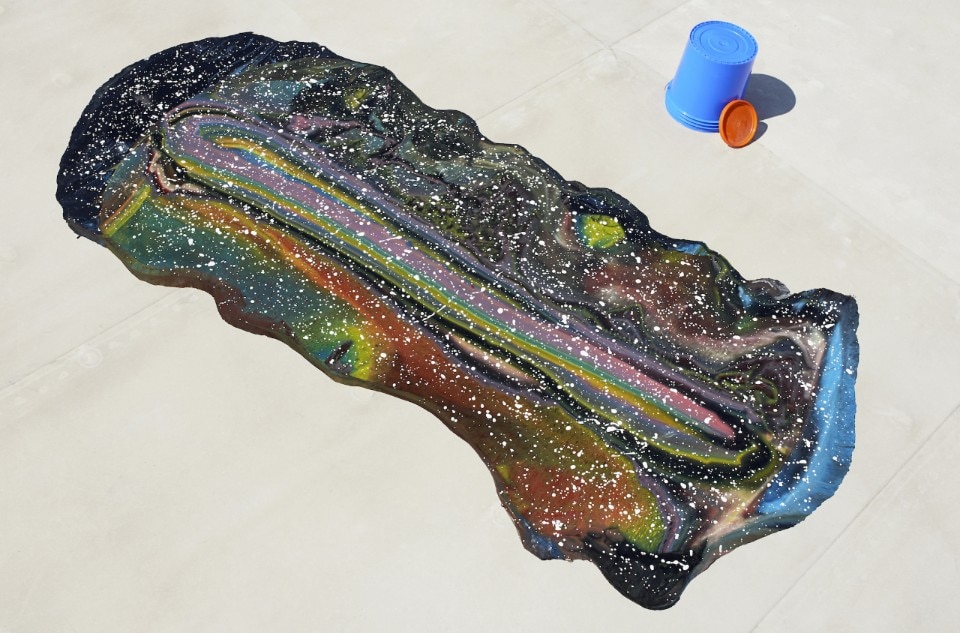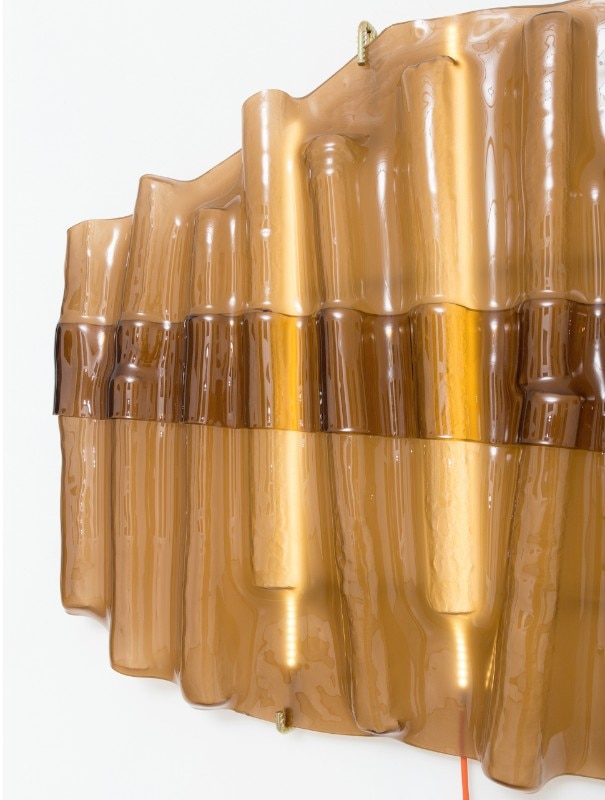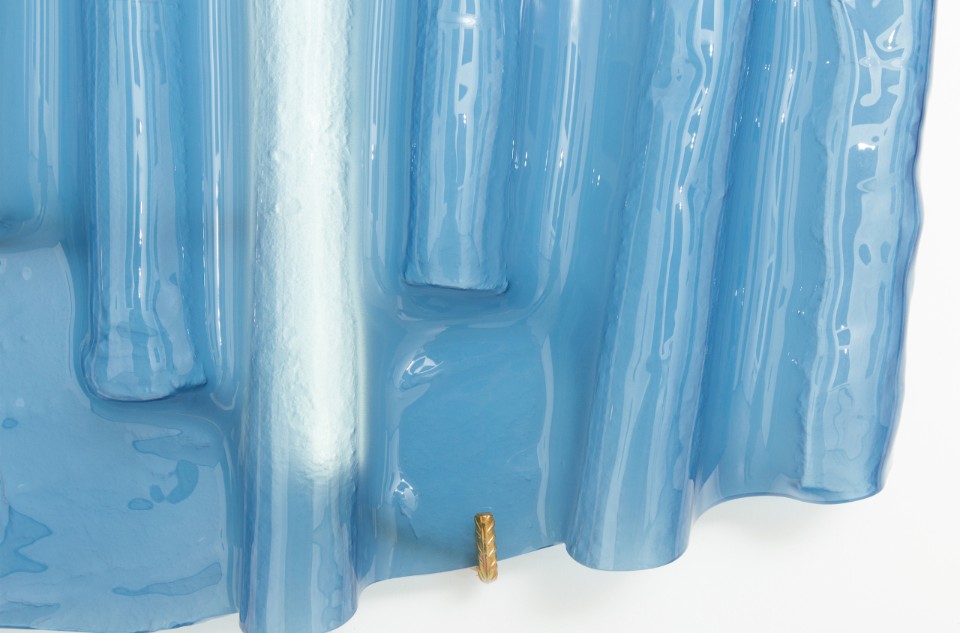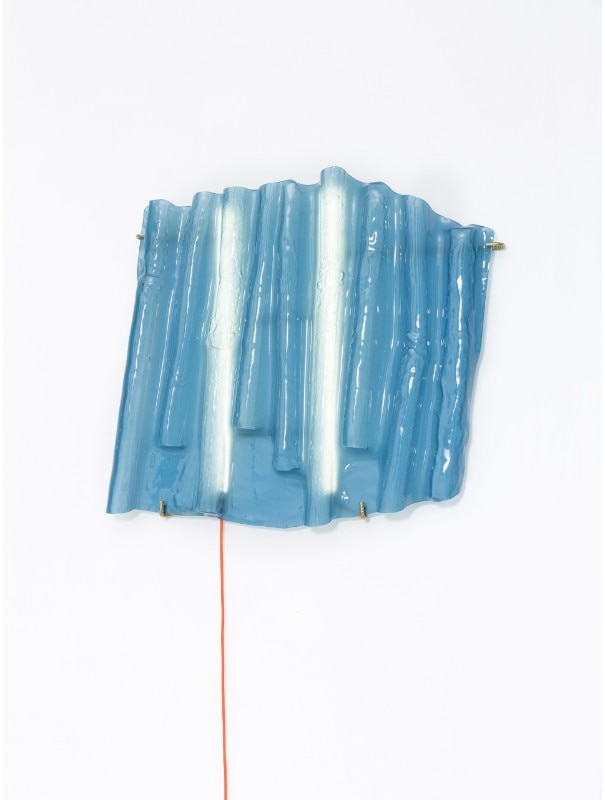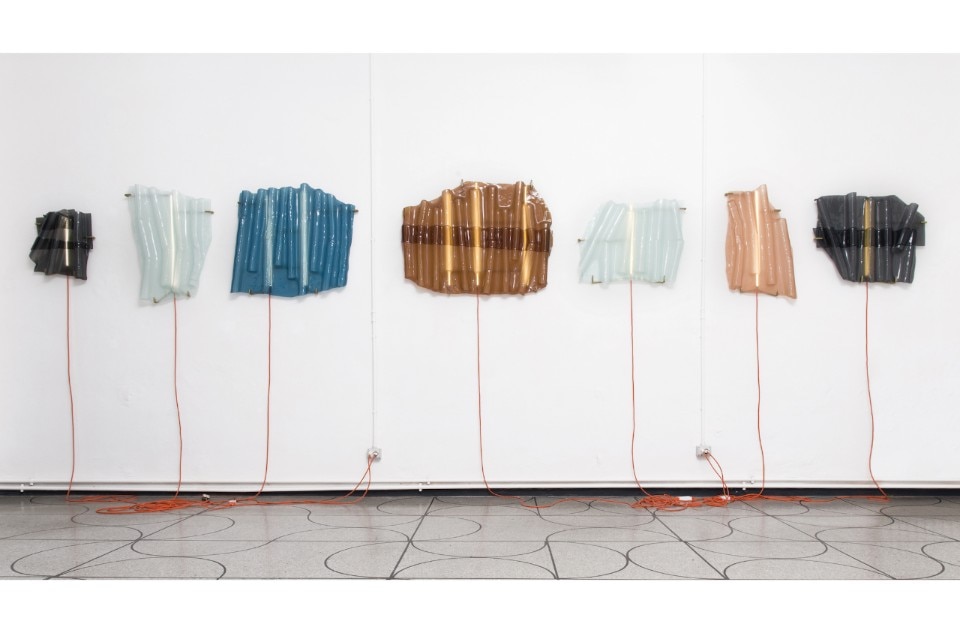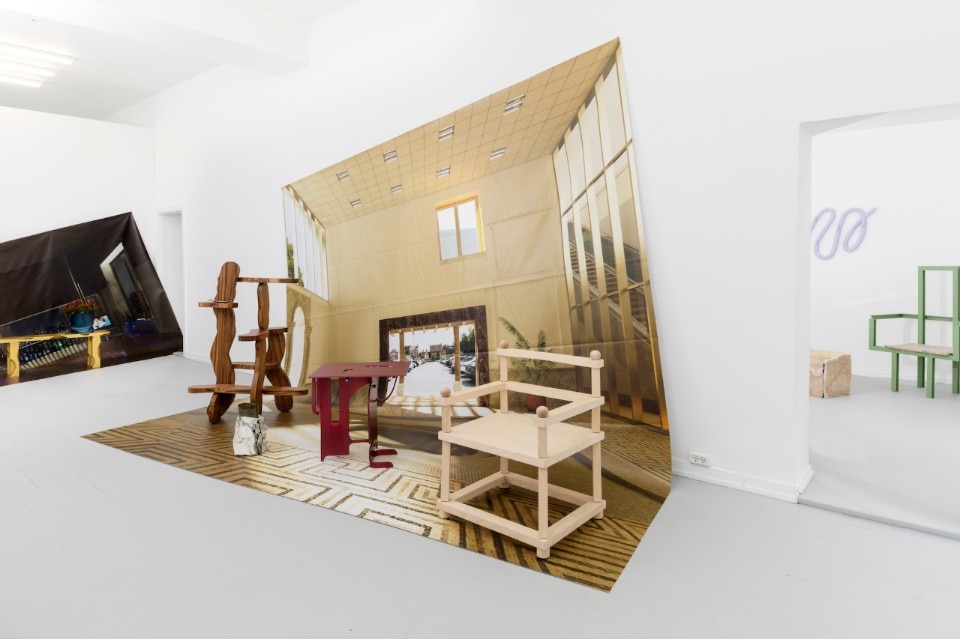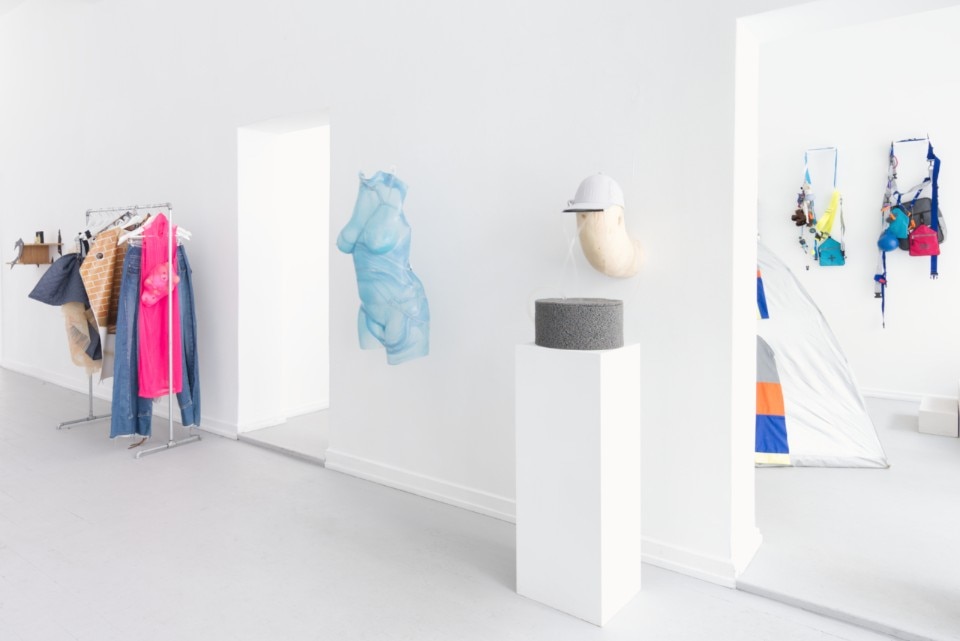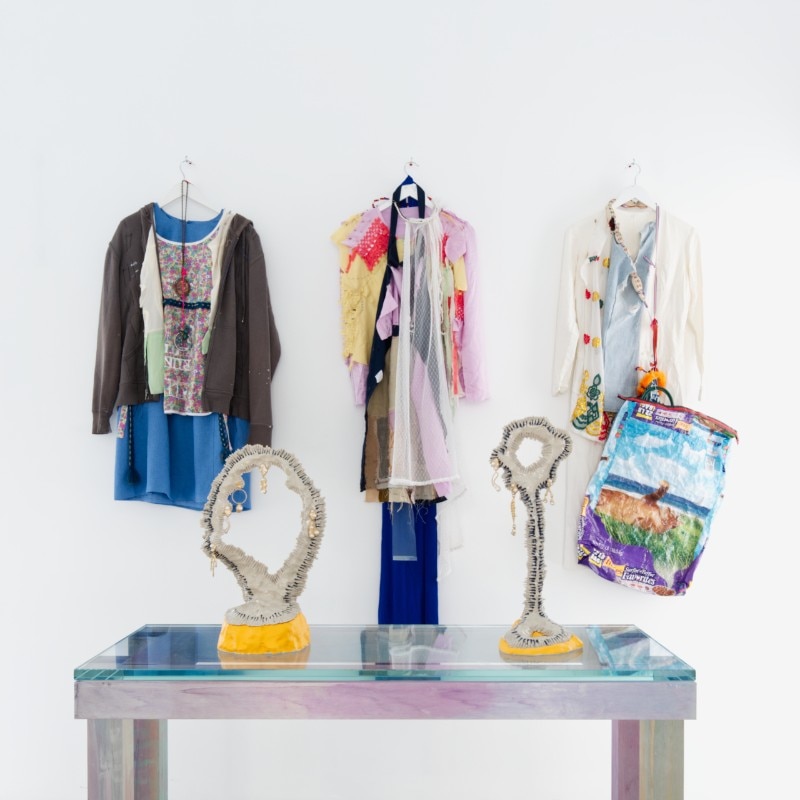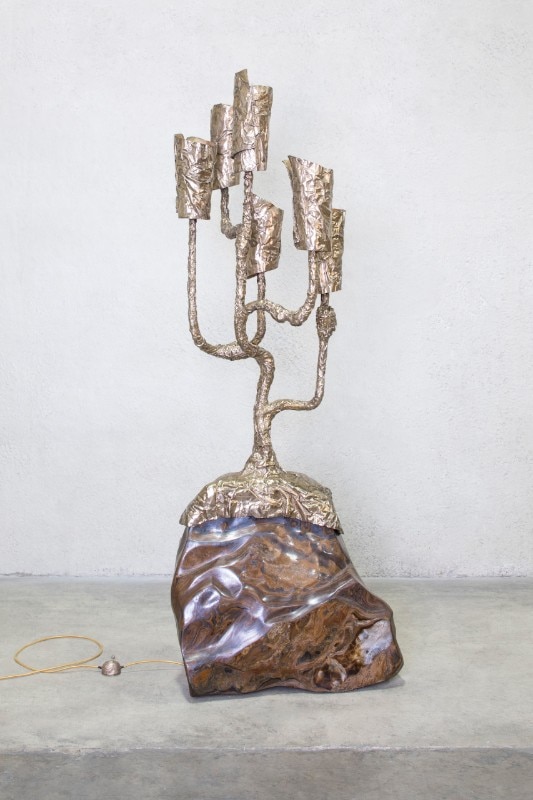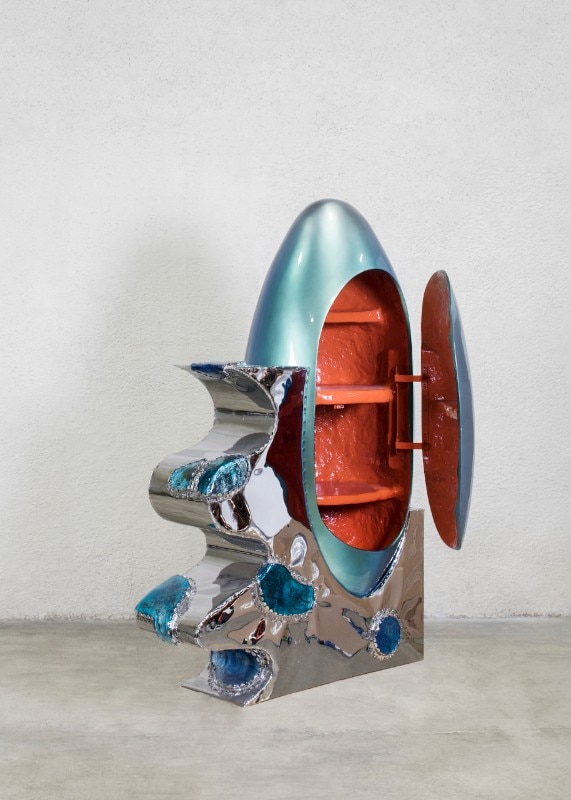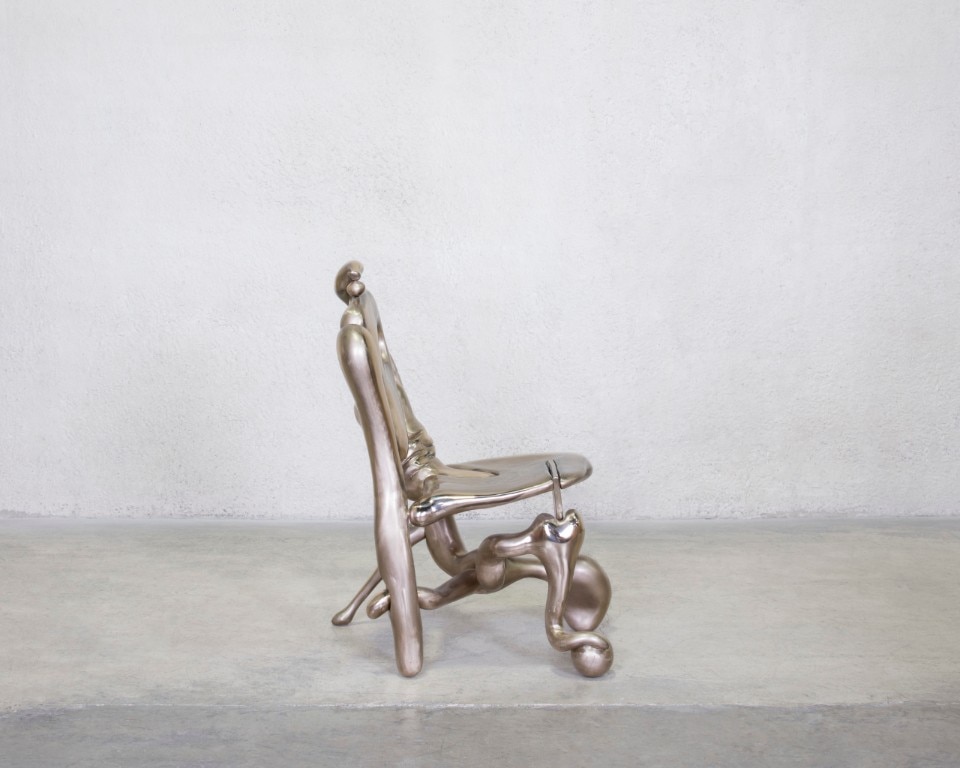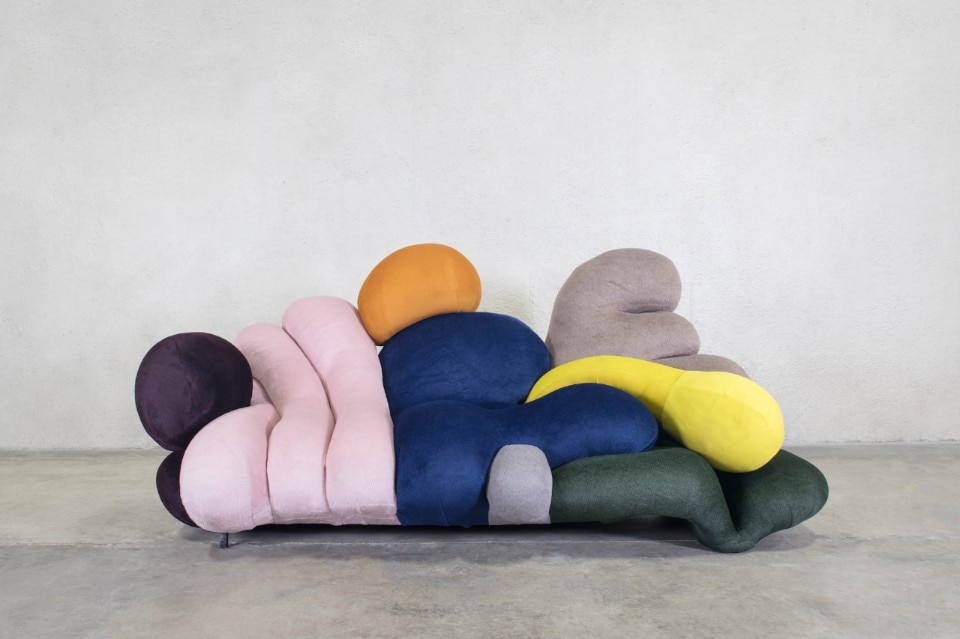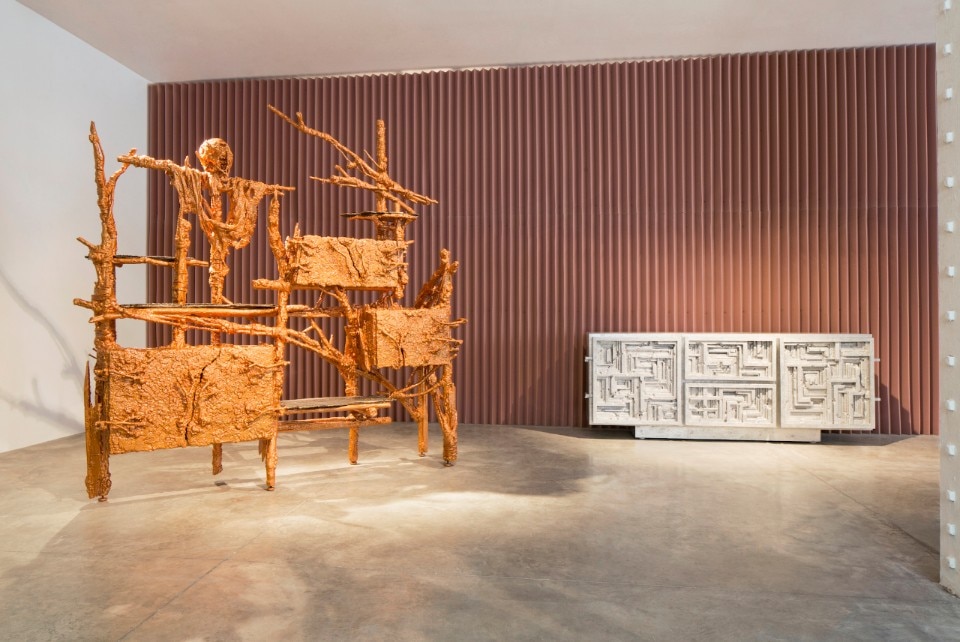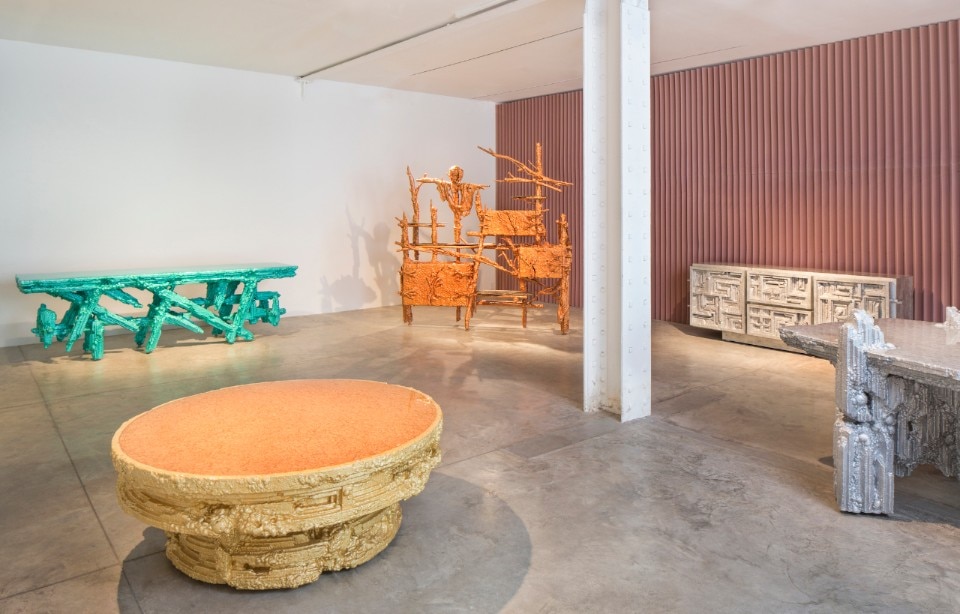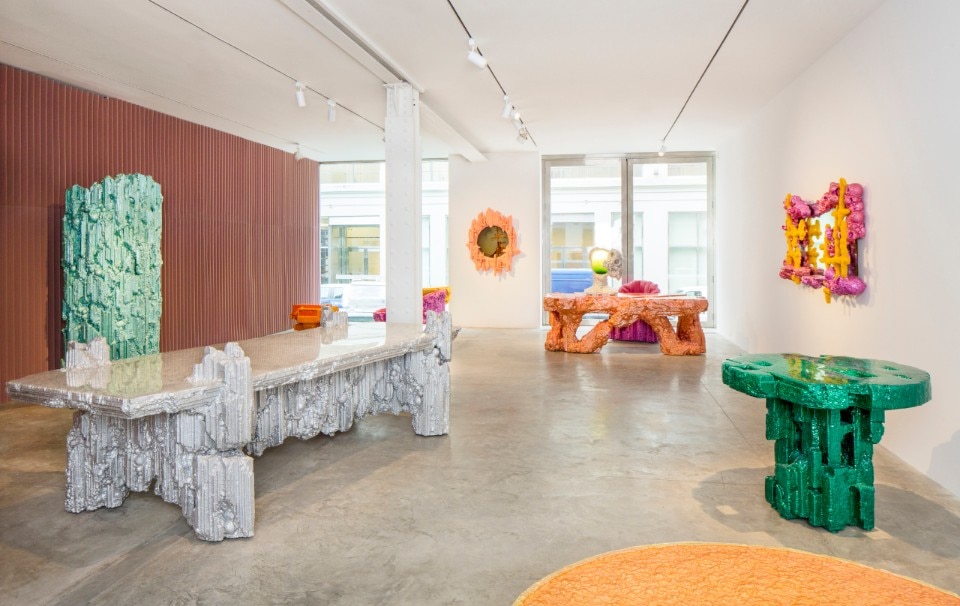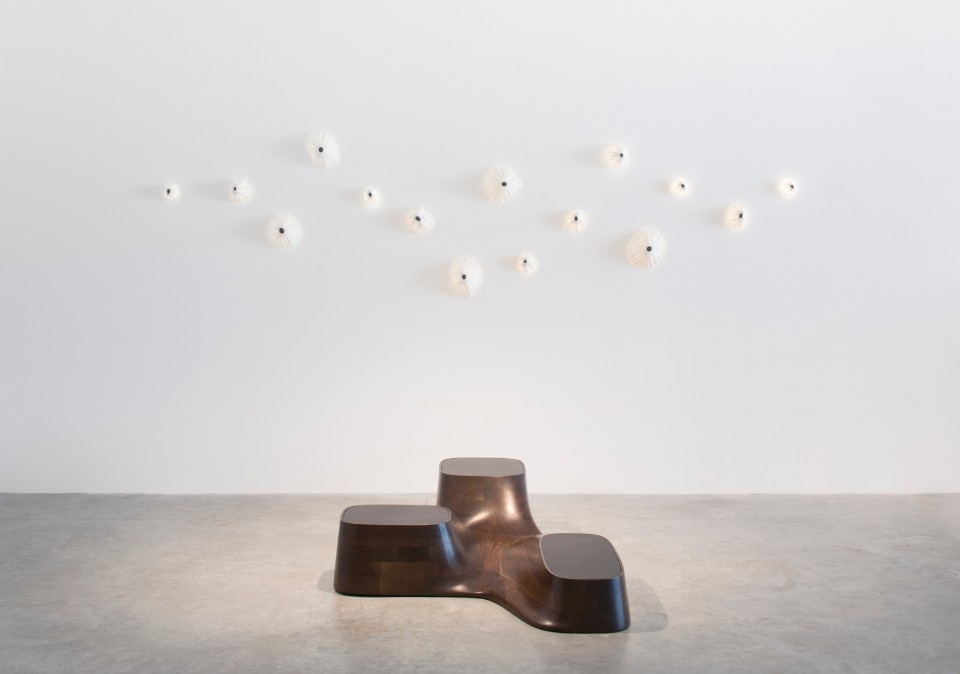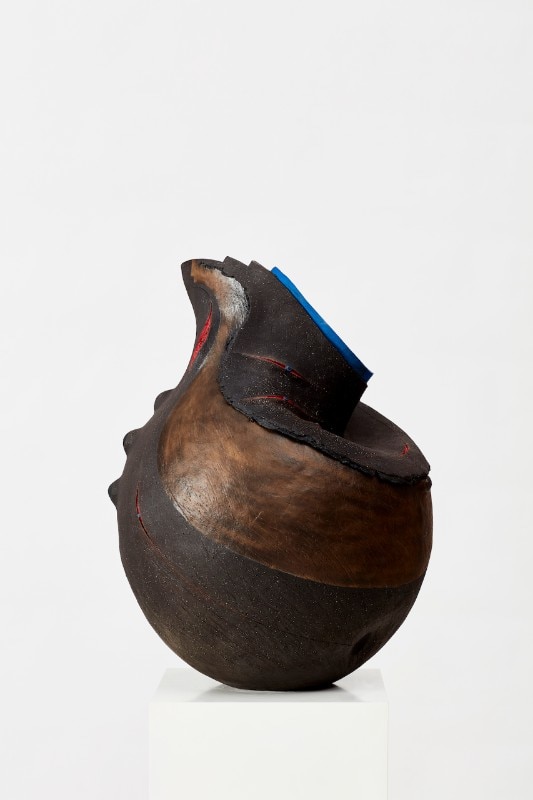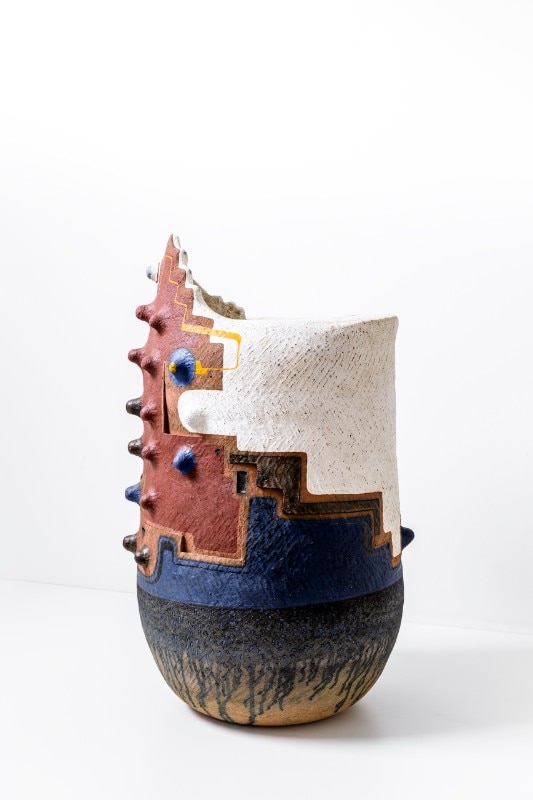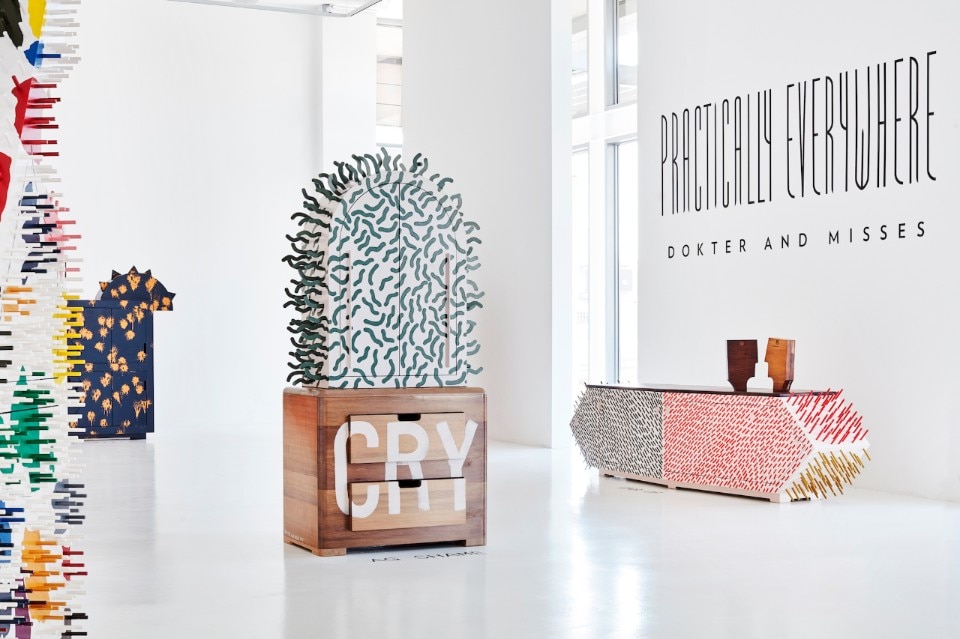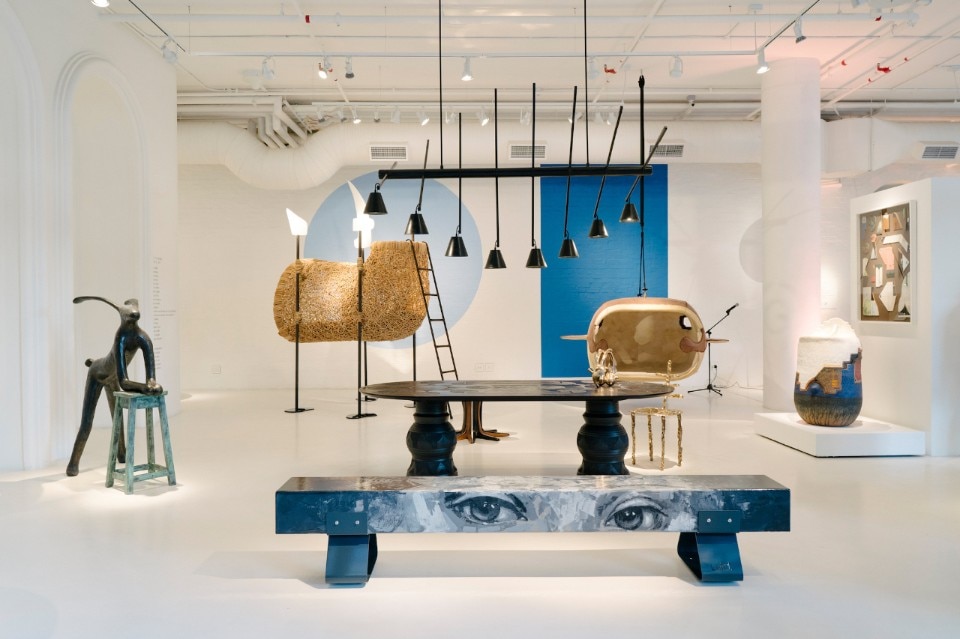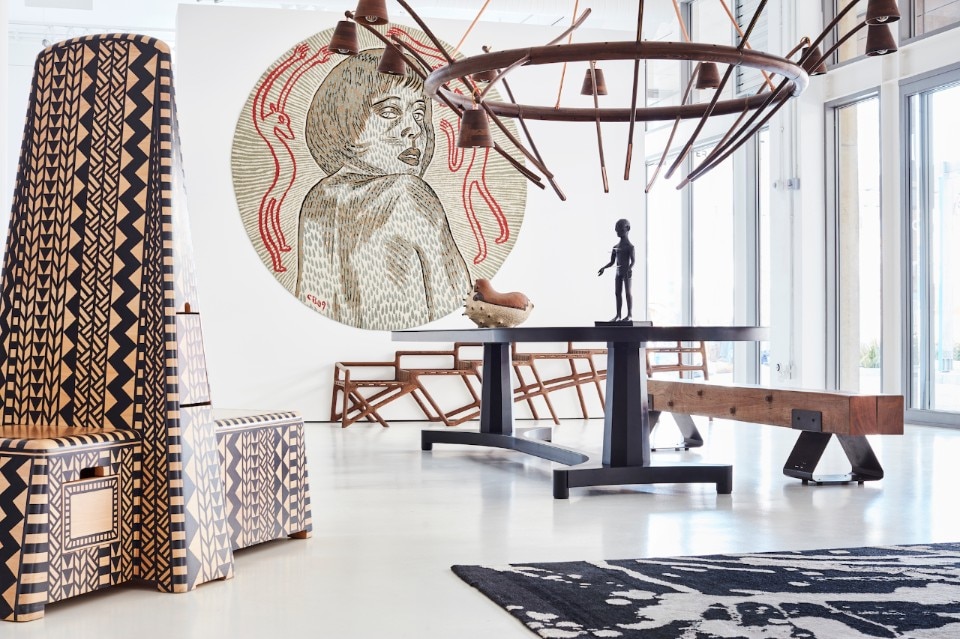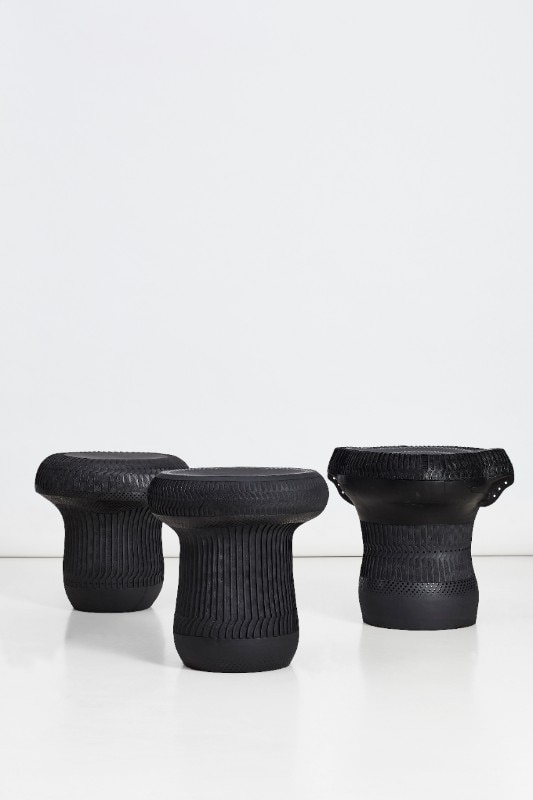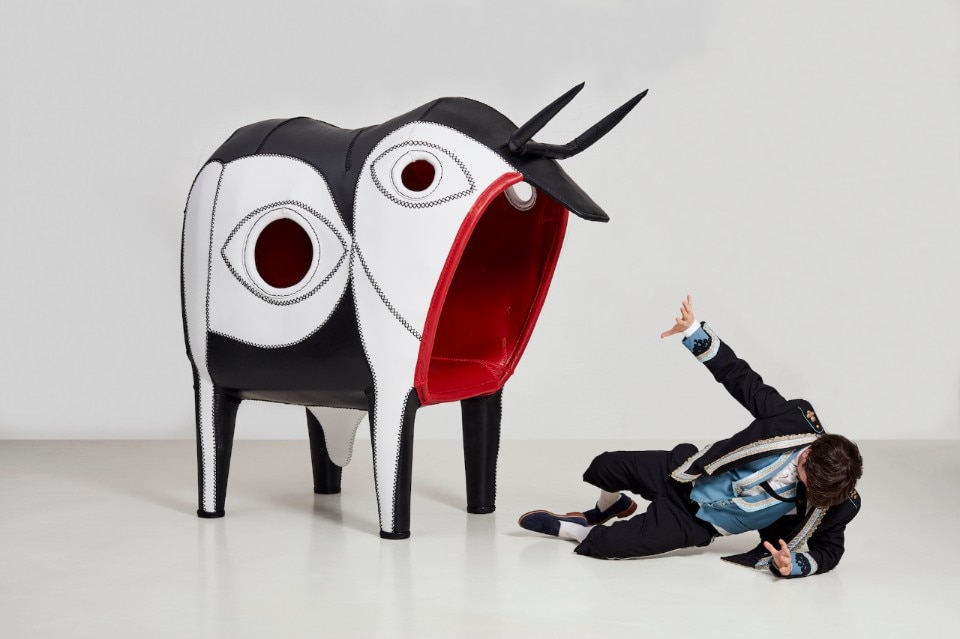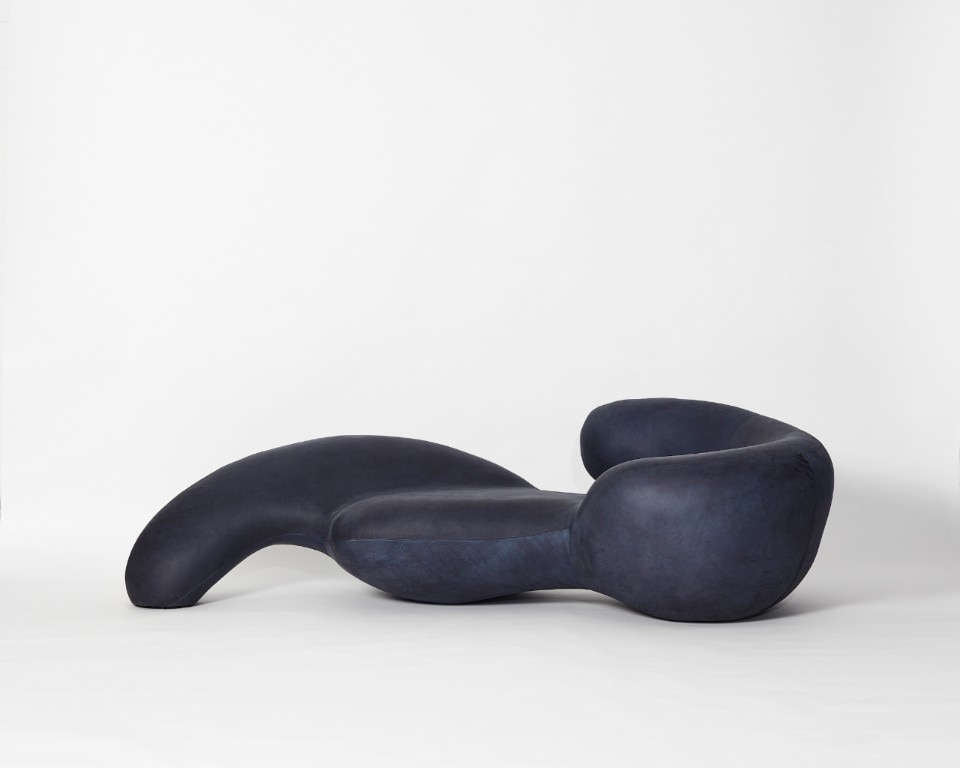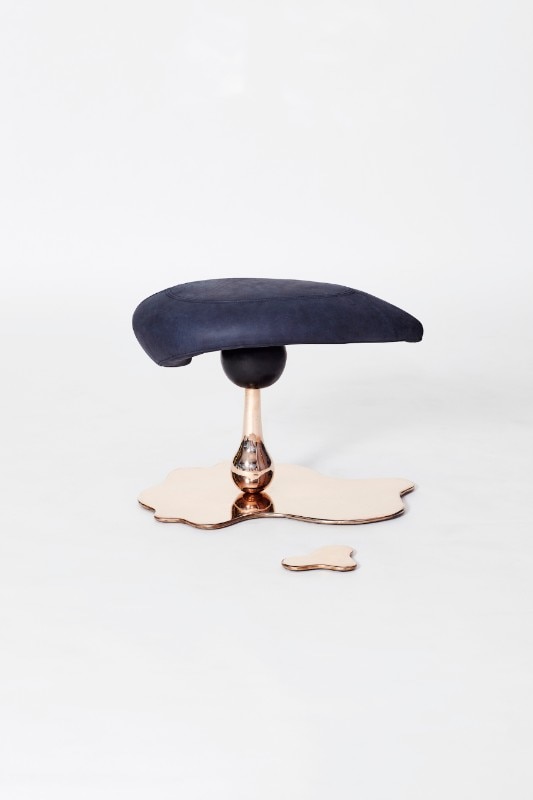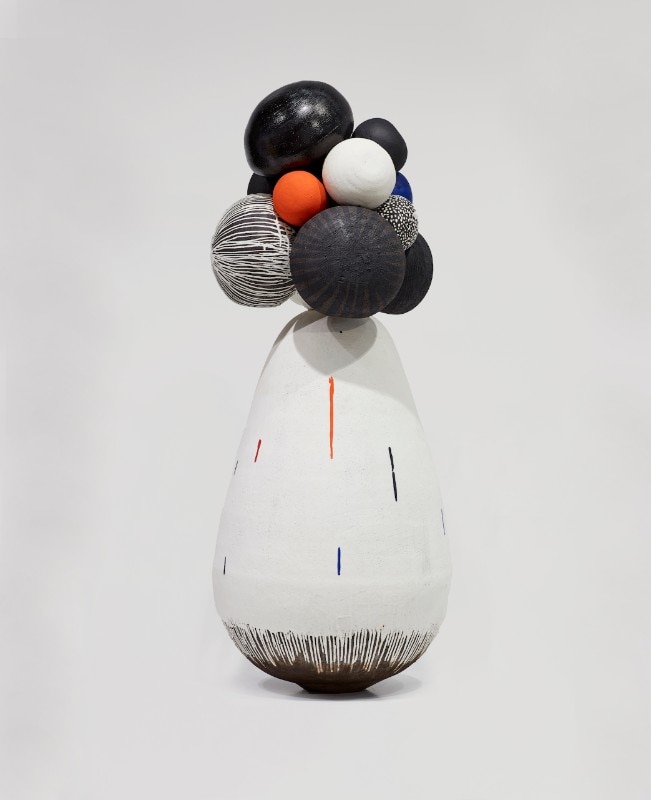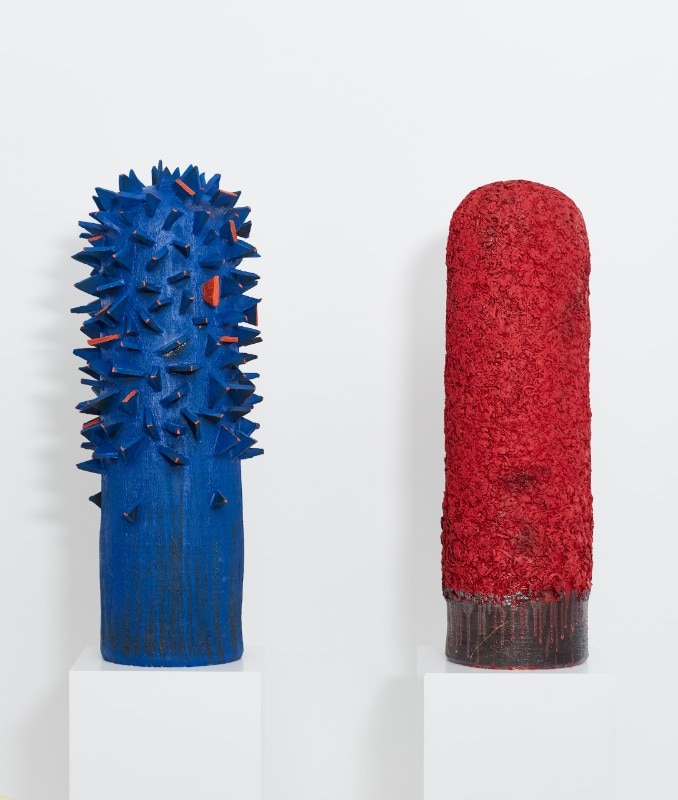The historian Renato De Fusco saw design, production, sale and consumption as the four factors that make the experience of design a unified process. By starting from these parameters, we analysed the changes now taking place in contemporary design and so identified a new collectible design movement that forms a strongly growing universe and market. In recent years independent events have multiplied and new galleries have arisen dealing only in contemporary design. And increasing numbers of young designers are self-producing their own work while shunning industrial production. To explore these developments, we sought the opinions of some gallerists active in different parts of the world, talking to both established and emerging figures: Beatrice Bianco of Camp Design Gallery (Milan), Nicolas Bellavance-Lecompte of Carwan Gallery (Beirut and Athens), Maria Foerlev of Etage Projects (Copenhagen), Marc Benda of Friedman Benda (New York) and Trevyn McGowan of Southern Guild (Cape Town).
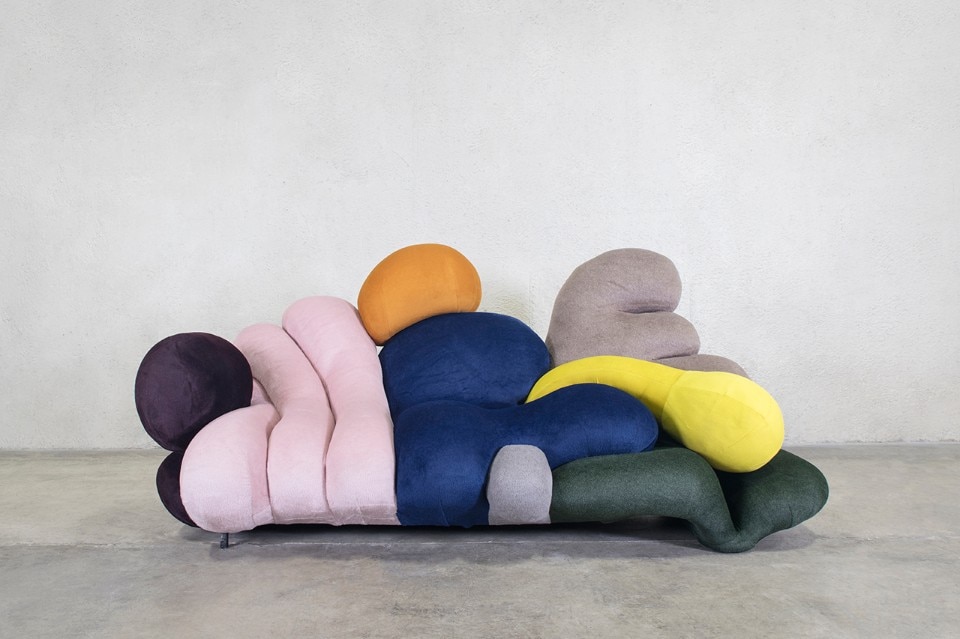
The indefinite relationship between design and art, local roots and direct work with designers, are the most common reasons that have given rise, all within the last 20 years, to the galleries we contacted. This shows just how recent the collectible design movement is and why it is still difficult to historicise. “Our gallery started to focus on the work of contemporary designers in 2007. We wanted to represent designers in the same way that galleries represent traditional artists,” explains Marc Benda. ”We were interested, and still are, in long-term projects, because what matters to us is to develop a vision and not to display items to build up an existing market.” Trevyn McGowan explains how her gallery made the breakthrough ten years ago. “Southern Guild was founded in 2008 in Cape Town, but it was a visit to Design Miami in 2010 that showed us our work could be channelled into a specific market segment for collectors of design. This context helped set the course for our practice.”
“We launched Carwan Gallery to develop the great artistic, artisanal, landscape and civic potential of a city like Beirut. In 2011 it was the region’s first contemporary design gallery,” explains Nicolas Bellavance-Lecompte. “We wanted to create a new landmark and a place for exchanges with Western culture. In ancient Persian, carwan means ‘caravanserai’, a building where caravans halted on their way across the desert.” Maria Foerlev’s gallery is younger. It was 2012 when she opened Etage Projects, devoted to design from the start. ”Here I find and show work that translates conceptual visions into the realm of functionality and daily-life objects. What interests me is how aesthetics affect us and how ideas can translate into aesthetics.”
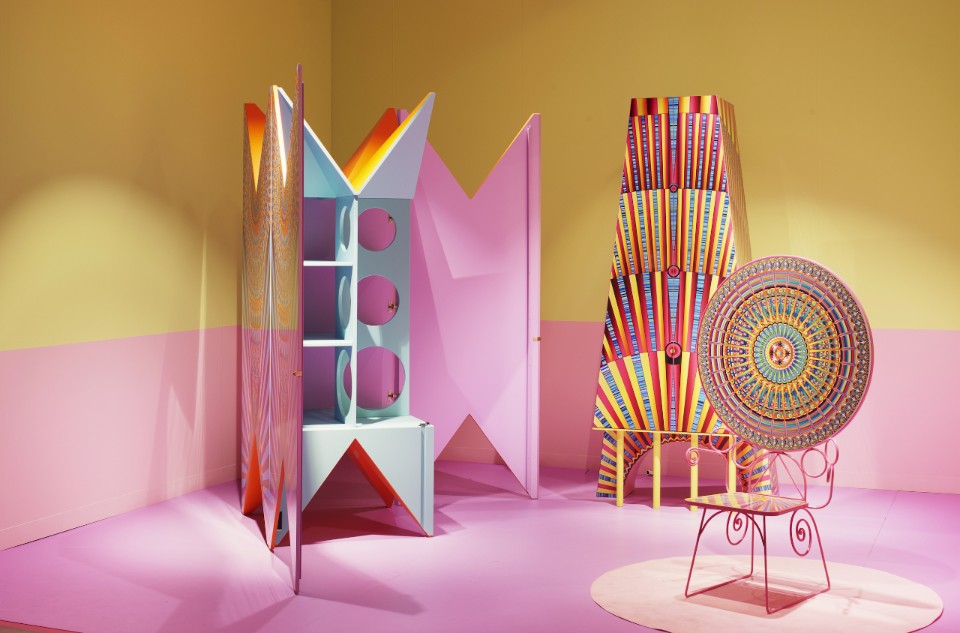
Working along the same lines is the Camp Design Gallery in Milan, opened in 2015. “To create a haven where we can find space for new ideas and meanings,” were the motives that prompted Beatrice Bianco to open it. ”The gallery complements contemporary production methods. We work with small businesses and craftspeople, suggesting experimental production processes.” Relations between gallerist and designer cannot be classified as a simple professional partnership. The small scale and themes developed require a human relationship capable of producing value in social and cultural terms. It is underpinned by intense work on both sides. “The relationship I have with designers is very personal,” points out Bianco. “I’m not just investing money, but also time, a part of my life.” An approach and intensity shared by Marc Benda , who concentrates on experimentation. “We are looking for people with a new sensibility that complements our own work, designers we do not yet fully understand.” Maria Foerlev has adopted a similar approach. ”In order to rely on my intuition,” she says, “I spend a lot of time researching, visiting studios, travelling to fairs. Generally, I have all my antennae out there. I work with artists who make functional pieces and designers who work conceptually, and their work relies on an engaging experience you can’t get as a passive viewer.”
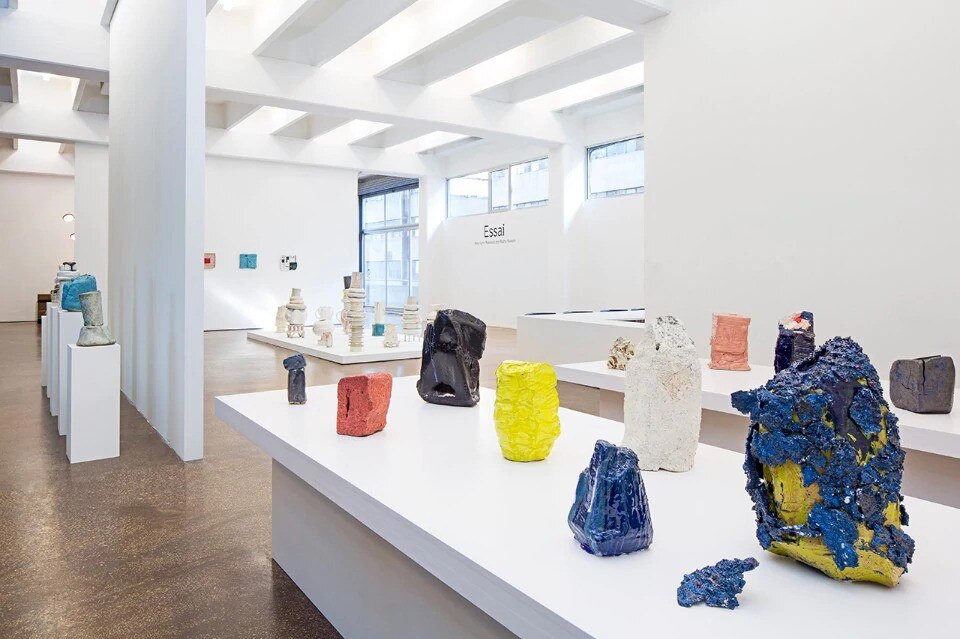
At the Carwan Gallery the work of selection is equally intense and takes a precise direction. ”Nearly all the projects we present,” recounts Bellavance-Lecompte, “are the result of an exchange that grows out of a work specially commissioned and made specifically for the gallery. We’re not just looking for a nice decorative object. The conceptual factor is very important.” Trevyn McGowan’s research at Southern Guild is more distinctly local. ”We look at the margins of disciplines, always choosing South African artists. We’re searching for people who want to explore a personal narrative, looking at history, traditions, a different way of relating to nature or a political theme. For this reason our artists often develop instinctive self-production processes, archaic and low tech, or they work with local craftspeople using traditional techniques.”
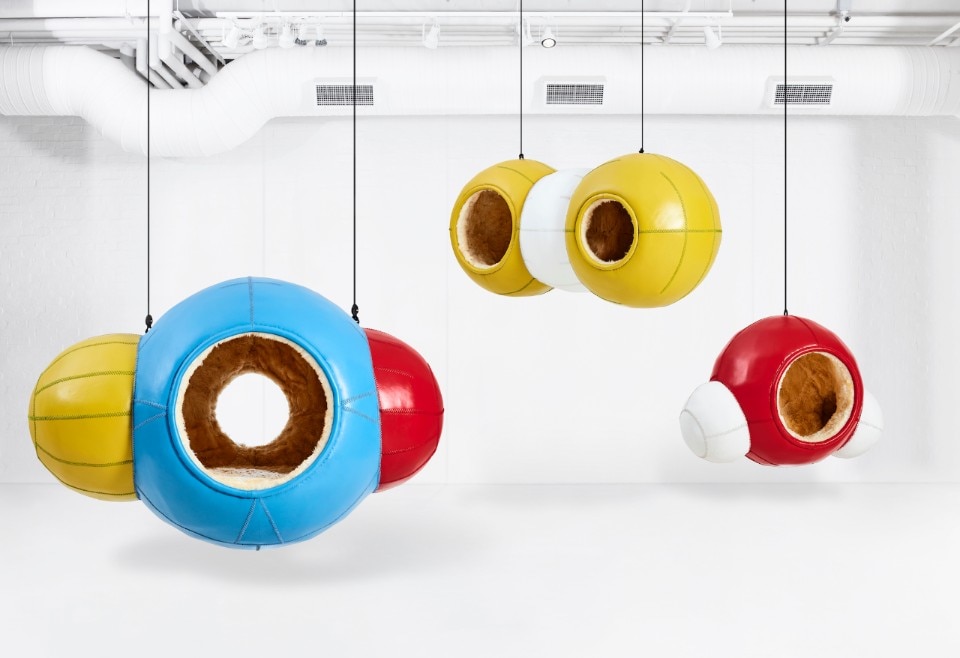
While Modernity sanctioned a clear-cut separation between project and production, the gallerist’s job is to recombine and disrupt the four factors of design, especially the last, consumption. Saying that “design should be for all” not only means enabling a wide range of people to buy, but critically reasoning on the ways an object is used. Galleries’ involvement in networking and education are a way of rethinking the role of design apart from functionality. “Our outlook,” explains Marc Benda, “means trying to bring our work to a much broader public than that of the gallery by working with schools and institutions. Today training can take many forms. We believe the exhibition is the best way to recount a designer’s vision and enable it to be expressed to the full.” In a region with special problems, Carwan Gallery shares this same approach. “We’re a gallery that’s located in an emerging market where practically everything still remains to be done,” says Nicolas Bellavance-Lecompte. “In our ten years of life we’ve had to invest a lot in education and fostering design culture. It’s partly thanks to us that there are dozens of independent art design studios in Beirut today and their works can be found in many homes, company premises, restaurants...”
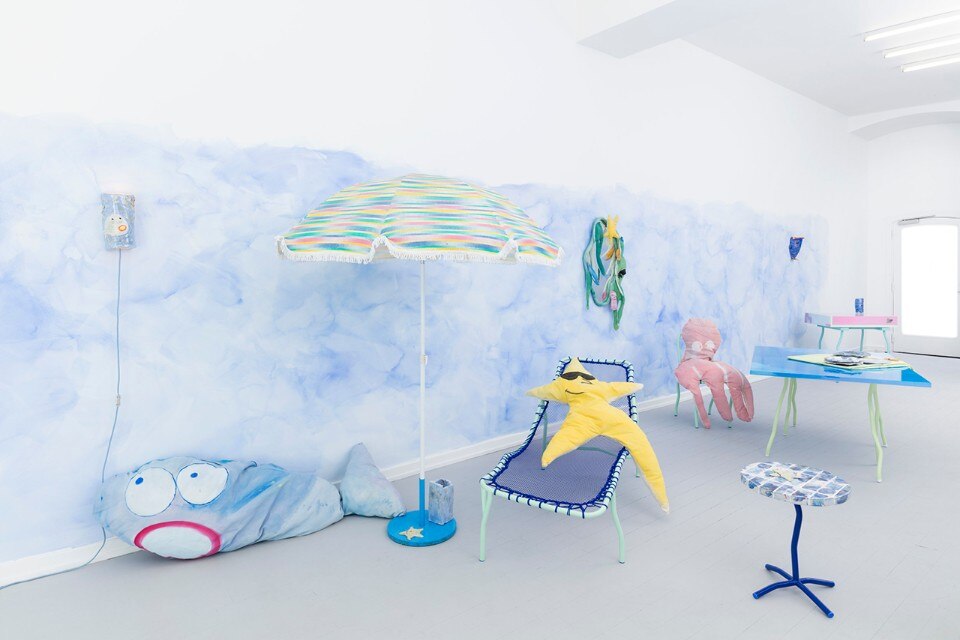
They all feel a strong sense of mission in their work, apart from the logic of the market. “It is my responsibility to show and raise awareness about their work,” says Maria Foerlev in Copenhagen. ”I’m interested in the idea, as in my opinion it’s always been ideas that have been driving history. You have to explain an idea, and of course I do as best I can in the exhibitions I host and the fairs I participate in.” In Italy, according to Beatrice Bianco, a lot of work still needs to be done to broaden the penetration of collectible design. “Italy has been a bit late in understanding this dimension, even though our design week is the most important in the world. And then in Milan there are individuals prominent on the international scene. Our job is also to build up a contemporary design system,” she explains. These difficulties take on a peculiar form in South Africa, as Trevyn McGowan points out. “In education, we’re working on many fronts. In general, we’re interested in explaining the value of collectible design and what it means to be South African. A key aspect is training artists, giving them the opportunity to see the best fairs so as to realise what’s happening around the world and the level of excellence required.”


